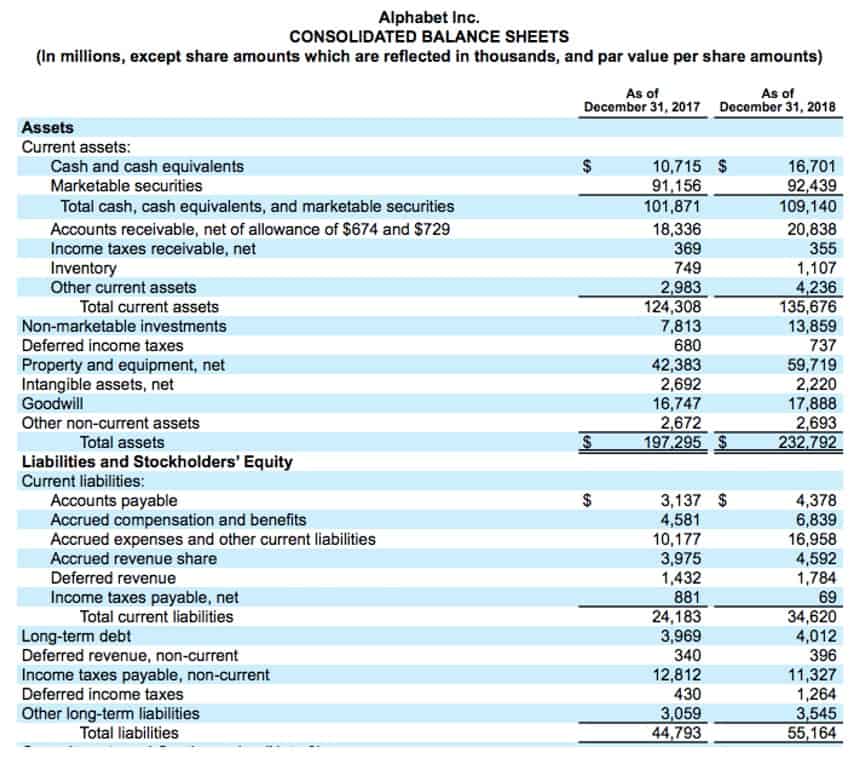
They may also be responsible for coding and billing for inpatient and outpatient services, as well as managing insurance claims and denials. With interoperability taking center stage, open architectures that tear down legacy data silos should see accelerated adoption. Normalizing access to patient information across the care process promises to eradicate duplicate testing, reconcile diagnoses, improve coordination, and eliminate errors caused by fragmented health records. Once insurance adjudication is complete, the hospital creates and sends out patient bills or statements for any remaining balances. Utilizing coding standards and relevant fee schedules, the hospital generates a comprehensive bill that outlines the services rendered and corresponding charges. The bill includes patient details, insurance information, and any applicable deductibles or copayments.
All three billing systems have different and unique requirements, which depends on the needs and of course the size of lab practice. However, in order to make your laboratory practice financially successful, you should pay close attention to the needs of your healthcare practice. The code classifies key services completed during a patient visit such as procedures, drugs administered, supplies and equipment used, and nonphysician services. A thorough understanding of this code is crucial for success in the medical billing and coding profession. Medical billers and coders interact with patients daily, so handling requests and inquiries with expert customer service is essential. The world of medical billing is complex, and patients may not understand technical terms or medical jargon.
Medical Billing vs. Medical Coding
However, the data in this medical billing solution cannot be used for quality improvement or growth. An isolated billing system is one in which the provider bills the patient directly for services, and the payer (insurance company) reimburse the patient directly. In this type of system, the provider is not involved in the insurance claim process at all. This type of system is typically only used for services that are not covered by insurance.
With a primary focus on billing functions, it provides specialized expertise, customizability, and interoperability with other healthcare applications. The stand-alone nature of open billing systems ensures a cost-effective solution for smaller healthcare medical billing process practices while streamlining billing processes and optimizing revenue cycle management. In the rapidly evolving healthcare landscape, efficient billing and revenue cycle management are paramount for the financial sustainability of healthcare providers.
Shen 2003 published data only
However, the entire expense depends on the association’s size and whether or not on-point servers are desired. The billing solution that forbids information sharing is referred to as an isolated billing system. Compared to either a closed or open system, this form of billing system is more secure. Suppose there are any changes necessary in the treatment plans, the EMRs aid in identifying the same.
We have reported the risk ratio (RR) for dichotomous outcomes and the relative difference (as per cent change or mean difference (MD)) for continuous outcomes. If you want to make the right decision about your billing and coding services, then read https://www.bookstime.com/blog/know-the-basics-accounting-versus-bookkeeping this article carefully. In this article, I have mentioned the complete features of the 3 billing systems namely open, closed and isolated. Hospital billing employs specific claim forms like UB-04 and 837-I to facilitate the billing process.